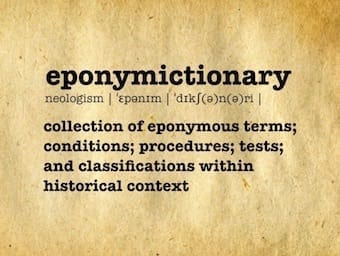
Pancoast Syndrome
Pancoast Syndrome occurs secondary to local compression of brachial plexus and sympathetic chain by superior (pulmonary) sulcus tumors.

Pancoast Syndrome occurs secondary to local compression of brachial plexus and sympathetic chain by superior (pulmonary) sulcus tumors.

COPD is a chronic respiratory disease with irreversible airflow limitation, often due to smoking, marked by exacerbations needing oxygen and ventilatory support.

Asthma is a chronic disease with acute, potentially fatal exacerbations. ED care hinges on severity assessment, rapid bronchodilation, and appropriate escalation.

Aspiration can cause chemical pneumonitis or bacterial pneumonia; management depends on severity and suspicion of infection, with antibiotics if in doubt.

Asbestosis is a progressive fibrotic lung disease from asbestos inhalation, with restrictive pattern, pleural disease, and risk of mesothelioma and lung cancer.

Pleural effusion is fluid accumulation in the pleural space, classified as transudate or exudate. Diagnosis is clinical and radiological; aspiration guides cause and therapy.

Nasal High Flow oxygen delivers humidified, warmed high-flow oxygen via nasal cannula, providing a well-tolerated alternative to NIV in mild to moderate respiratory distress.

ARDS is acute non-cardiogenic pulmonary oedema with severe hypoxaemia, often due to systemic or direct lung injury, requiring ventilatory support.

Network Five Emergency Medicine Journal Club Episode 30 reviewing updates on paediatric wheeze management with paediatric respiratory and sleep specialist Dr Chetan Pandit!

Wilhelm Löffler (1887 – 1972) was a Swiss physician. Löffler is eponymously associated with two clinical manifestations of eosinophilia which he described: transient pulmonary infiltrates with eosinophilia (Löffler syndrome, 1932) and endocarditis parietalis fibroplastica (Löffler endocarditis, 1936).

Löffler (Loeffler) syndrome is a transient, self-limiting, and benign pulmonary eosinophilia, characterised by pulmonary opacities on X-ray, elevated blood eosinophils and an acute onset of potential symptoms of mainly cough and dyspnoea.

Network Five Emergency Medicine Case 1 discussing an interesting case of a patient who presents with chest pain and pre-syncope.